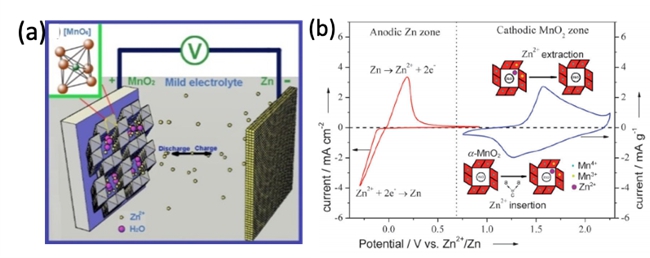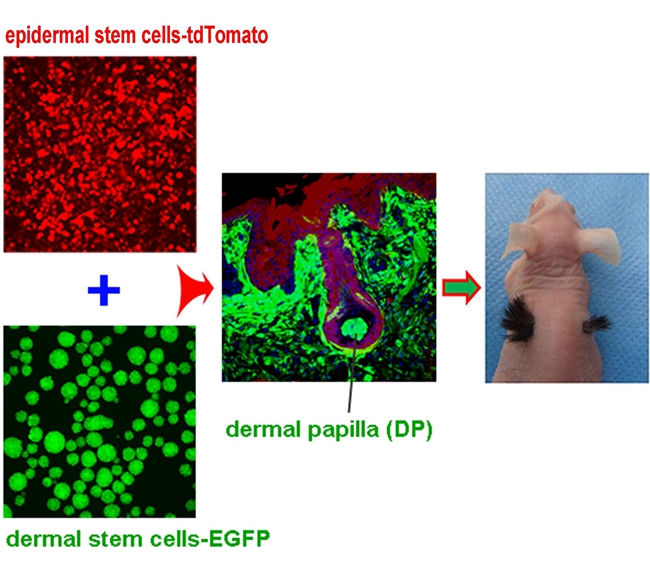
On March 25, the Guangdong Science and Technology Innovation Conference was held, and research projects led by Kang Feiyu and Wu Yaojiong won the first and second prize of the Natural Science Award respectively.
The “Research on Key Materials for High-Safety Secondary Batteries” project, headed by Prof. Kang Feiyu, has obtained a series of innovative achievements in the core materials and devices of high-safety secondary batteries. The project revealed the storage mechanism of polyvalent ions in manganese dioxide and invented a high-safety aqueous zinc ion battery. New solid polymer electrolytes for high-safety solid-state batteries were developed, and the gas-generation mechanism of lithium titanate battery was also revealed.
The project provides guidance for the development and application of high-safety batteries and material systems, and promotes the wider use of power and energy storage batteries in clean energy and new energy vehicles. The project has published 10 representative papers in well-known journals, and have 14 authorized patents of which 11 have achieved technology transfer.

Fig 1. Charging and discharging principle of zinc ion battery: (a) schematic diagram of charging and discharging, (b) charging and discharging mechanism of Zn anode and α-MnO2 cathode

Fig 2. Gas generation mechanism of lithium titanate batteries arising from the intrinsic interfacial catalytic reaction between lithium titanate and electrolyte
Prof. Kang Feiyu was previously awarded the 2019 Shenzhen Mayor Award and is mainly engaged in the research of carbon materials and high-safety secondary batteries. His team has solved key technical problems related to the application of natural graphite and graphene to lithium ion batteries, promoting the development China’s natural graphite deep-processing technology and high-safety rechargeable batteries. The project team includes Dr. He Yanbing from Tsinghua SIGS, Dr. Yang Quanhong from Tianjin University, Dr. Li Baohua, Dr. Xu Chengjun and Dr. Lv Wei from Tsinghua SIGS, as well as several Postdoctoral, PhD and Master degree candidates.
The "Stem cell skin regeneration research" project, headed by Prof. Wu Yaojiong, focuses on the scientific complications of skin regeneration and repair after skin injuries. The project started with analyzing skin stem cells and their regenerative microenvironment, the cellular and molecular mechanisms behind skin regeneration, and has moved to the development of methods to promote skin regeneration and repair.
A series of achievements have been made in this study, such as uncovering the essential role of macrophages in hair follicle regeneration by releasing TNF; developing a novel method for complete skin regeneration based on skin stem cells after injuries; revealing the supportive effect of self-assembled peptide materials in stem cells-based skin regeneration, and other discoveries. The project has published 6 papers in renowned academic journals and obtained 2 invention patents.

Hair follicle and hair regeneration from in vitro cultured skin stem cells
Before joining Tsinghua SIGS in 2008, Prof. Wu Yaojiong was the former discipline leader of the Affiliated Hospital of Capital Medical University and Assistant Professor at the Faculty of Medicine and Dentistry of University of Alberta. For the past 20 years, Prof Wu mainly focused in the field of stem cell regeneration medicine. He has screened out important ligands/receptors affecting the migration of mesenchymal stem cells to injured tissues, established a high trafficking and migration mesenchymal stem cell culture system, and solved the problem of blood vessel obstructions (retention) of the cells in the lungs after intravenous injection. He has also conducted in-depth research on the microenvironment of skin stem cell regeneration and developed a method of hair follicle regeneration.
The project team of "Stem cell skin regeneration research” includes a number of postgraduate and postdoctoral fellows, as well as Professors Jiang Yuyang and Shi Xiaojun’s labs at Tsinghua SIGS.
Edited by Karen Lee


